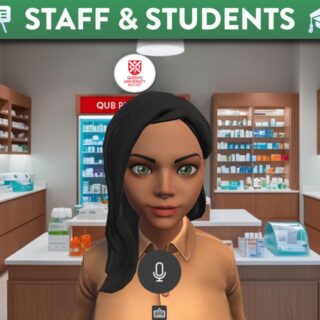
Co-Design Service
What is Co-Design?
Collaborative design, or ‘co-design’ is the process of working closely with students to find ways of enhancing teaching, learning and assessment. Once decided on an area of focus, you engage students in certain activities to find out first-hand what is currently working in your module, explore new ideas and discover where changes could be made to improve the student experience and help them reach their fullest academic potential.
How can I get help with co-design?
The VLE Pedagogy Support Team offer a co-design service, available to all academic staff. We can help facilitate your co-design workshop, providing support at all stages of the process – from the initial conversation, to running the session and reporting after the session has concluded.
For a co-design session, it is important to think about what the area of focus will be. There can be several areas for which students can input, but it is better to focus on one area for the best results. Think about the most problematic area or the one which could offer the most improvements and concentrate on that.
Here are a few examples of areas of focus. This list is non-exhaustive and you can come up with your own ideas or put your own slant on these.
Course Structure
Understand how students interact with their course materials and where they expect to find things. Do certain elements of their module need more visibility?
Learning Resources
How do students prefer to consume their course materials? What type of activities are effective to support their learning? Do they prefer in-person or online learning?
Student Experience
How satisfied are students with their module? Do they feel supported and know where to access help when they need it?
Assessment Tasks
Where can enhancements be made to your current assessment offering? Co-design an alternative form of assessment or create rubrics together to increase student ownership
Learning Outcomes
How do students achieve learning outcomes currently? Can this be improved?
Other?
The list of focus areas is not exhaustive. You can decide to focus on any area for your co-design session!
Organising a Session
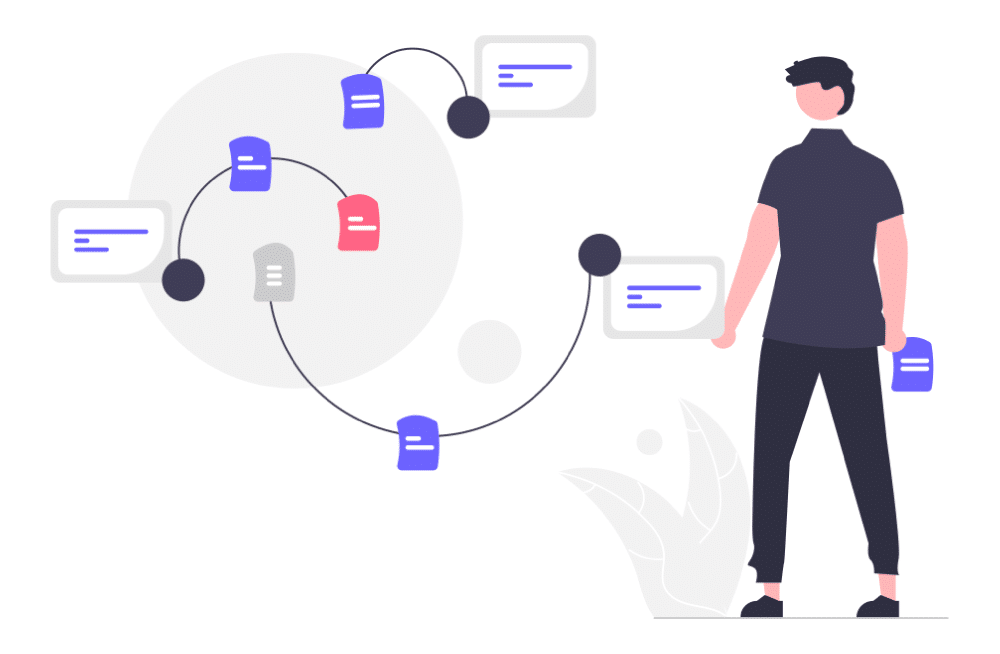
Role of the Academic
- Decide what area of focus you would like to concentrate on
- Construct 8-10 questions that you would like to ask your students
- Recruit 5-10 students to participate and layout your expectations to them
- Contact VLE team no later than 2 weeks before session to allow a facilitator time to help prepare
Role of the Facilitator
- Discuss with you what your expectations of the session will be and assist you in preparing the session
- Prepare an online board (used to host the session) with your prepared questions, where students can record their responses
Hosting a Session
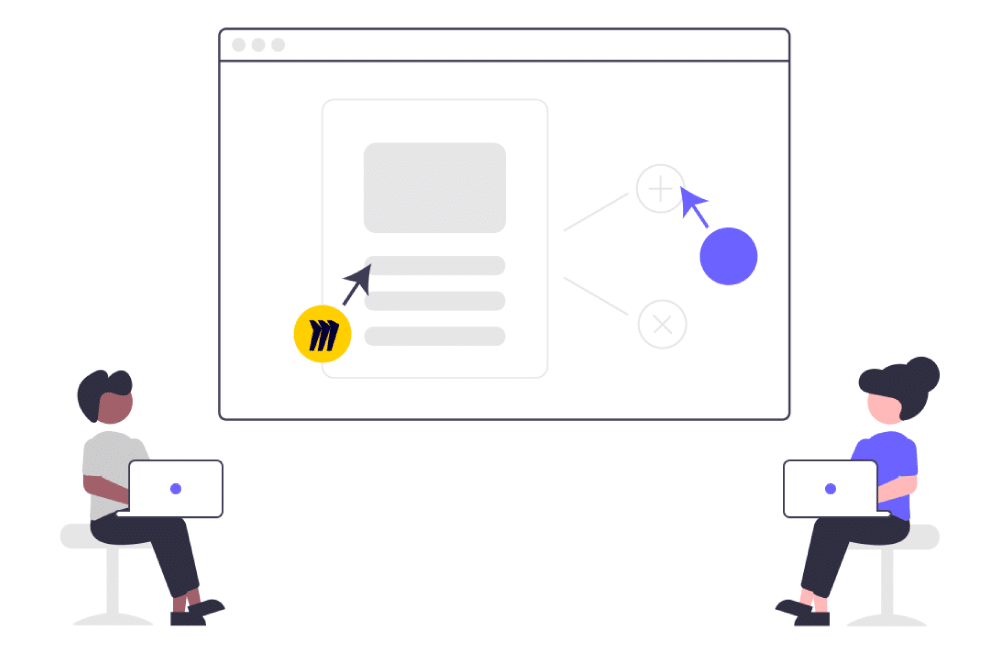
Role of the Academic
- Welcome students and give an overview of the session. Explain what you hope to achieve by the end and what is expected from them
- Have a friendly and informal discussion around each question in turn
- Encourage students to turn on their mics to elaborate on comments made if needed
Role of the Facilitator
- Make sure students can access online board where the session is hosted and provide a demonstration
- Run through an icebreaker to help students familiarise how the board works
- Record verbal comments made by students to be reported later
Reporting a Session
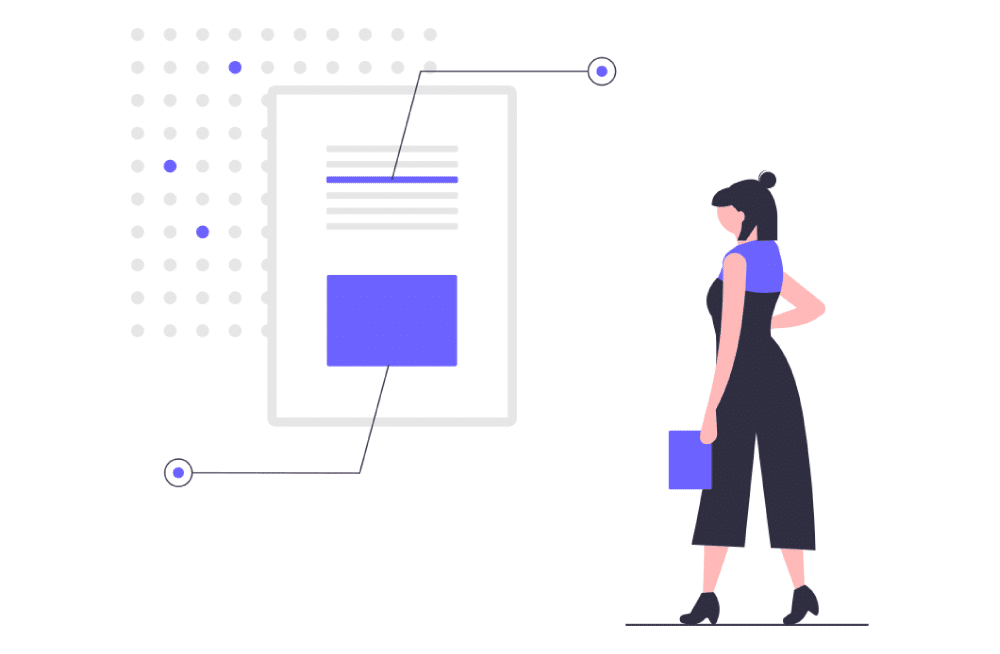
Role of the Academic
- Use the Report of Findings provided by the facilitator as a guide to review and begin the process of implementing changes to your area of focus
- Follow up with students and thank them for their participation
- Let students know of any changes to be made and how long it could take to implement them
Role of the Facilitator
- Use the Report of Findings template to record student feedback and comments made during the session
- Outline the key findings of the session and provide an analysis of each question
- Send the report over to the academic for review, once completed
Want help to facilitate your own session?
FAQs
The purpose of a co-design session is to discover unique perspectives through collaboration and to include student’s opinions in key decisions in relation to their education.
A co-design session will be an informal and friendly place where students can share their experiences and feedback. If you have requested assistance from the VLE Team, we can help prepare and lead the co-design session for you so that you can focus on probing questions and rich discussions with students throughout the session.
Staff: At least one member of academic staff, usually the Module Coordinator, or members of a Programme team.
Students: We recommend between 5-10 students. Make this group of students as diverse as possible.
Facilitator(s): VLE Team are available to work closely with you to coordinate and facilitate a co-design session with your students.
All co-design sessions will be held online on Microsoft Teams. Students will use an online whiteboard, such as Miro, to record their responses and feedback.
This is up to you! When organising a time for a co-design session, take into consideration the availability of staff and students and consider current academic workloads and priorities.
If you would the VLE team to facilitate a session with you, a minimum of 2 weeks’ notice is recommended so that we can help you organise everything needed for the session.
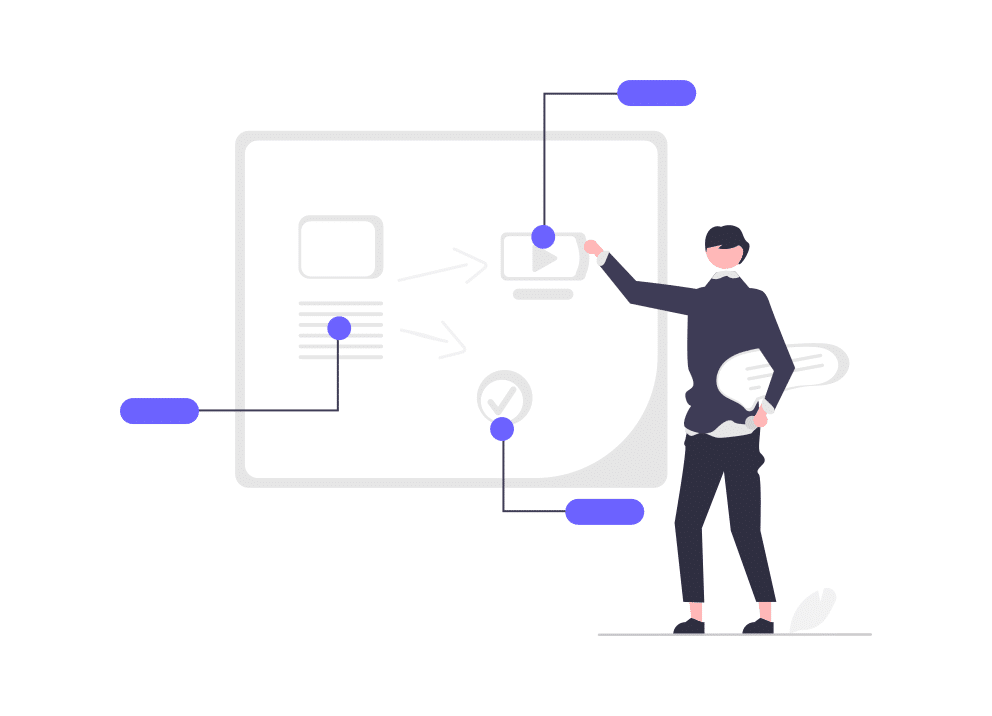
Training
The VLE team also runs online training sessions throughout the year that will introduce you to the process of running your own co-design workshops.
>> Browse Training Events calendar to check for upcoming Co-Design training dates.
Resources
- Further Reading – Below are some articles and examples to consider
- Jisc – The co-design playbook
- Optimal Workshop – How to run a remote-friendly co-design workshop
- Beyond Stick Notes – What is co-design?
- Helpful Resource – You can use the following reporting template to write up findings if you decide to run your own co-design session.
User Testimonials
Engaging in a co-design activity did two things for us: it gave an opportunity for our students to authentically shape the course of their learning, and it also provided us with unique insights into what students value, how they access digital information, and what really works for them. It's helped us with engagement in the module we were refreshing, and I look forward to continuing the co-design journey with our students to continue to improve their learning experience. A big thank you to the Digital Learning Team for supporting us!

